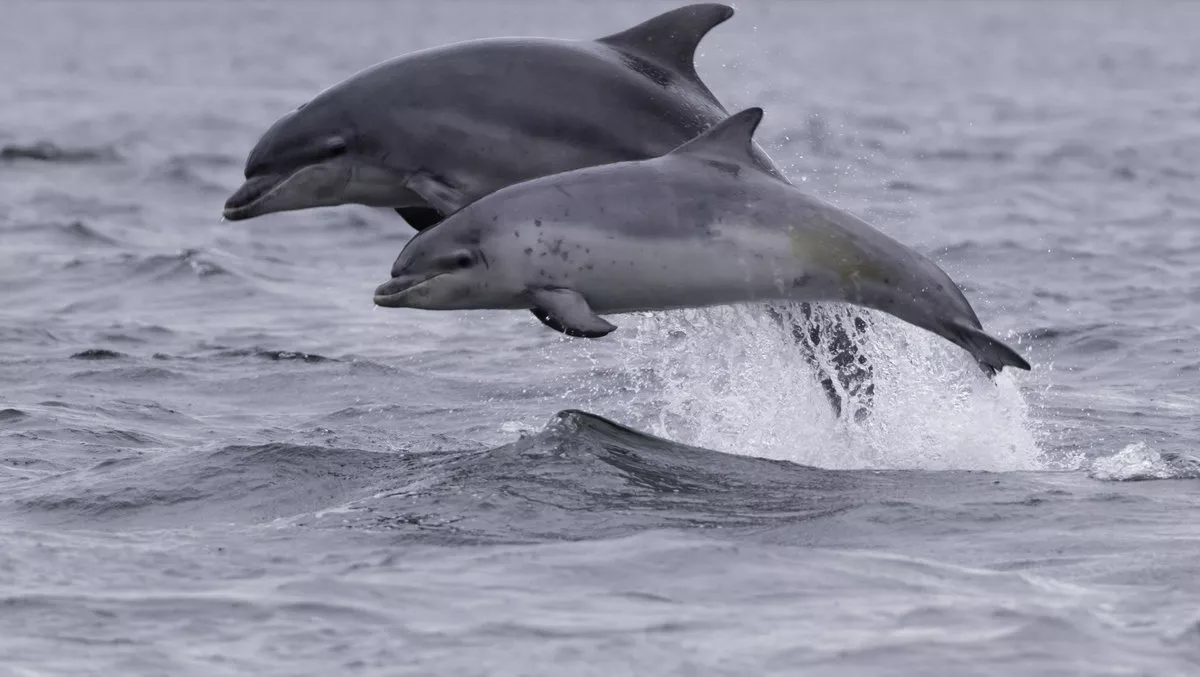
The safest altitude for flying drones above marine life
It's a great moment when you're out on the water with marine life all around you. But if you're planning to use a drone for a birds-eye-view of nature at its finest, it's best to consider how high up you're flying that drone.
New research from AUT University suggests that you should be at least 25 metres above the water to avoid stressing marine life out.
Two AUT researchers took to Auckland's Hauraki Gulf to understand whether marine life was stressed or disrupted by people who use drones.
AUT conservation biologist associate professor Barbara Bollard, and Master of Science student Ticiana Fetterman researched a pod of bottlenose dolphins off Great Barrier Island.
On board a boat, the two researchers conducted surveys to see how resting bottlenose dolphins react to drone-based vertical takeoffs and landings from three different altitudes: 10 metres, 25 metres, and 40 metres.
They also monitored the dolphins' changes of swimming direction and frequencies of above-water activity, including jumping out of the water. These changes were recorded from an anchored research vessel before (as a control) and during the use of the UAV.
According to Bollard, dolphins often slap their tails, chin slap the water, and change direction to avoid the drone. The researchers noticed that this kind of behaviour increased 'significantly' when the drone was flown at the 10-metre altitude.
They also found that at between 10-25 metres the dolphins weren't so stressed, and at above 25 metres there was no significant behaviour change.
This indicates that the safest altitude to fly a drone above marine life is at 25 metres and above.
Dr Bollard says although the study was on dolphins, the findings inform best practice for all marine mammals.
The researchers' findings have been published in the journal Scientific Reports and will be used by marine researchers worldwide.


